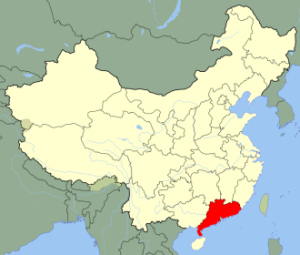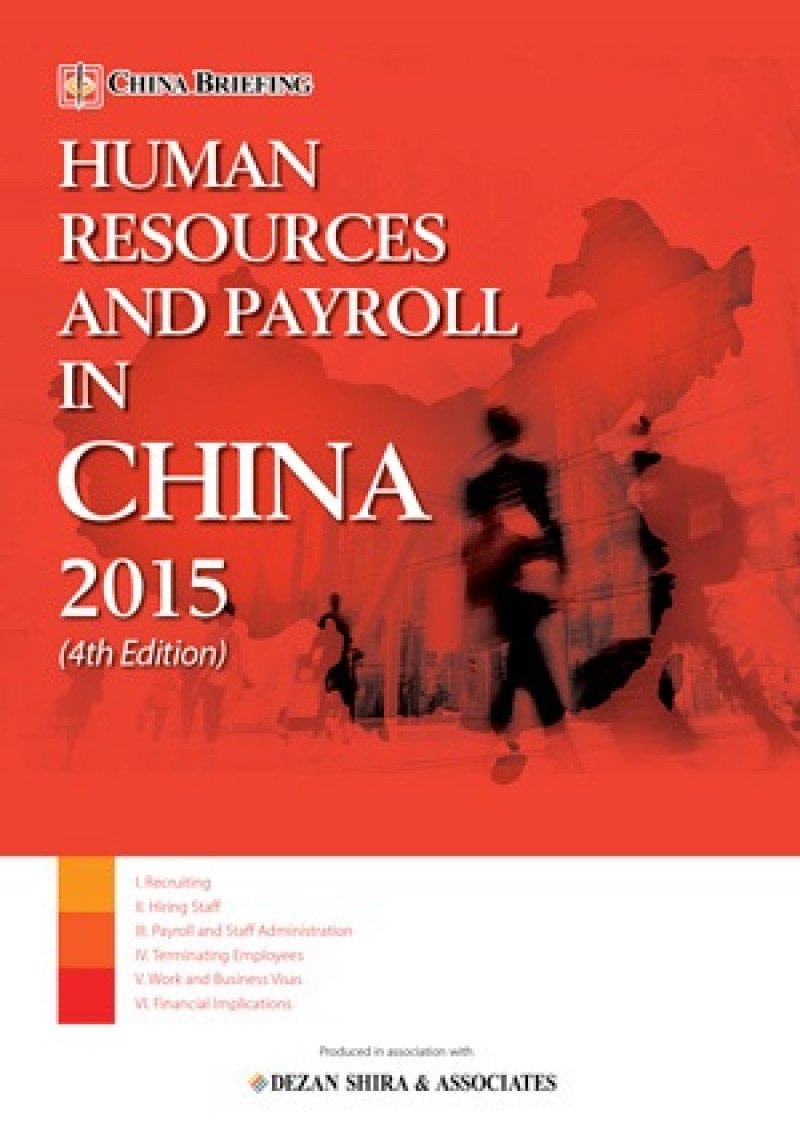The New Free Trade Zones Explained, Part I: Guangdong
 By Dezan Shira & Associates
By Dezan Shira & Associates
Editor: Rainy Yao
On April 20, the policy frameworks for the Tianjin, Guangdong and Fujian Free Trade Zones (FTZs) were officially published by the State Council, along with an updated Negative List, which details prohibited or restricted industries for foreign investment in all of the four existing FTZs in China, including the expanded Shanghai FTZ. The three FTZs were approved in December last year by Chinese Premier Li Keqiang.
Following this, China announced the expansion of the Shanghai FTZ earlier this year to include Lujiazui, the city’s financial district. In Part 1 of this series, we provide details of the Guangdong FTZ and explore the new investment opportunities brought by the new Free Trade Zone.
Geographic Scope
The Guangdong FTZ covers an area of 116.2 square kilometers and consists of the three following, pre-existing development zones:
- Guangzhou Nansha New Area (including Nansha bonded port)
Major industries: shipping industry, logistics, financial industry, international trade, high-end manufacturing - Shenzhen Qianhai Development Zone
Major industries: financial industry, modern logistics, information services, technology services - Zhuhai Hengqin New Area
Major industries: tourism industry, finance services, cultural and education industry, hi-tech industries
![]() RELATED: China Announces Location of New FTZs, Expands Shanghai FTZ
RELATED: China Announces Location of New FTZs, Expands Shanghai FTZ
Lifted Restrictions
Service Provision between Hong Kong, Macau and Guangdong
- Hong Kong and Macau service providers are now allowed to set up wholly foreign-owned international shipping enterprise within the FTZ
- Hong Kong and Macau service providers are now allowed to set up intermediary service institutions for studying abroad at one’s own expenses within the FTZ
- Hong Kong/Macau-invested travel agencies (capped at a number of five, separately) are now allowed to provide overseas group travel services (with the exception of Taiwan)
- Hong Kong/Macau investors are now allowed to provide high-end medical services and launch pilot schemes to exchange patients among one another
Shipping
- Wholly foreign-owned international shipping management enterprises is now allowed.
- The limit on the number of shares a foreign entity may now own in an international shipping enterprise is raised: a foreign entity may hold up to 51 percent of shares in an international shipping agency.
The Guangdong local government will take charge of the approval procedures for foreign-invested enterprises (FIEs) engaging in international shipping management business.
![]() RELATED: China Announces Three New Free Trade Zones in Tianjin, Guangdong and Fujian
RELATED: China Announces Three New Free Trade Zones in Tianjin, Guangdong and Fujian
Further Opening-up of the Financial Services Sector
- Enterprises and financial institutions in the FTZ may now borrow RMB funds from overseas lenders.
- Parent company based in Hong Kong or Macau with a subsidiary in the FTZ may issue RMB-denominated bonds in China.
- Non-banking financial institutions located in the FTZ may now conduct cross-border RMB settlements.
- Eligible foreign financial institutions may now set up foreign-owned banks within the FTZ; and Qualified Foreign Financial Institutions may set up banking joint ventures with Chinese enterprises, within the FTZ.
- Eligible insurance companies and insurance intermediary institutions that are based in Hong Kong or Macau can now set up branches in the FTZ.
- Commercial banks are encouraged to set up institutions in the FTZ to conduct offshore foreign currency activities
- Eligible investors from Hong Kong or Macau operating non-financial institutions in the FTZ may now provide third party payment services.
- Eligible institutions registered Hong Kong or Macau may now set up financial leasing companies in the FTZ.
Tax Policies
The Plan states that the tax incentives implemented in the Shenzhen Qianhai Development Zone and Zhuhai Hengqin New Area shall not apply to the other parts of the Guangdong FTZ.
Conclusion
“It’s good to see that the FTZs are being expanded beyond Shanghai now, although there will remain some uncertainty about the administration of entities in these zones for some time,” says Fabian Knopf, Senior Associate at Dezan Shira & Associates’ Pearl River Delta office. “Including existing zones such as Qianhai and Hengqin into the FTZ should simplify the administration of economic zones in China and help to provide more opportunities and easier access to the Chinese market for foreign investors. Investors and companies will need to become familiar with them to truly understand the impact on their respective businesses.”
In Part 2 of this series, we will give a brief introduction of the updated negative list. The next article will discuss the investment opportunities in the Shanghai, Tianjin and Fujian FTZs.
|
Asia Briefing Ltd. is a subsidiary of Dezan Shira & Associates. Dezan Shira is a specialist foreign direct investment practice, providing corporate establishment, business advisory, tax advisory and compliance, accounting, payroll, due diligence and financial review services to multinationals investing in China, Hong Kong, India, Vietnam, Singapore and the rest of ASEAN. For further information, please email china@dezshira.com or visit www.dezshira.com. Stay up to date with the latest business and investment trends in Asia by subscribing to our complimentary update service featuring news, commentary and regulatory insight. |
![]()
 Revisiting the Shanghai Free Trade Zone: A Year of Reforms
Revisiting the Shanghai Free Trade Zone: A Year of Reforms
In this issue of China Briefing, we revisit the Shanghai FTZ and its preferential environment for foreign investment. In the first three articles, we highlight the many changes that have been introduced in the Zone’s first year of operations, including the 2014 Revised Negative List, as well as new measures relating to alternative dispute resolution, cash pooling, and logistics. Lastly, we include a case study of a foreign company successfully utilizing the Shanghai FTZ to access the Outbound Tourism Industry.
 Adapting Your China WFOE to Service China’s Consumers
Adapting Your China WFOE to Service China’s Consumers
In this issue of China Briefing Magazine, we look at the challenges posed to manufacturers amidst China’s rising labor costs and stricter environmental regulations. Manufacturing WFOEs in China should adapt by expanding their business scope to include distribution and determine suitable supply chain solutions. In this regard, we will take a look at the opportunities in China’s domestic consumer market and forecast the sectors that are set to boom in the coming years.

Human Resources and Payroll in China 2015 This edition of Human Resources and Payroll in China, updated for 2015, provides a firm understanding of China’s laws and regulations related to human resources and payroll management – essential information for foreign investors looking to establish or already running a foreign-invested entity in China, local managers, and HR professionals needing to explain complex points of China’s labor policies.
- Previous Article The Automation of China’s Labor Force
- Next Article China Eases Currency Controls, Allowing Free Exchange of Foreign Currency Capital


























